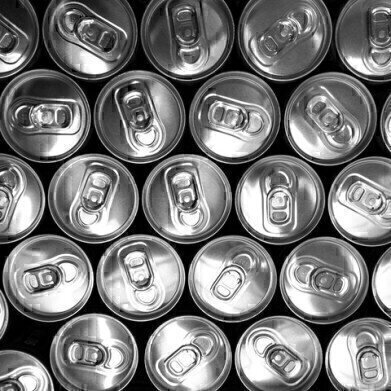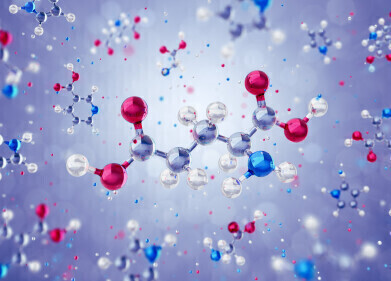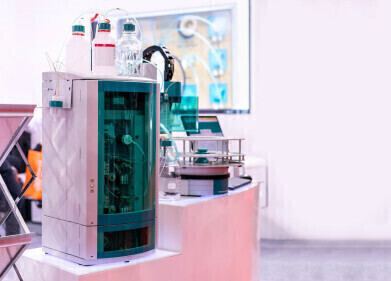Ion Chromatography (IC)
Don’t Play in the Red Mud — Ion Chromatography Spots Arsenic
Sep 30 2016
Most people who attended school in the UK in the last 30 years or so will have heard of bauxite, the ore from which most of the world’s aluminium comes from. It was one of the processes that seems to crop up on chemistry and geography syllabuses and exams.
But the process that gives us aluminium — like many other processes — also produces waste materials. Some of these waste materials have been lying around for decades, and in the case of aluminium one waste material is red mud. A recent study into one red mud pit in Scotland has used ion chromatography to investigate one component of the red mud — arsenic, the Victorian poisoners remedy of choice.
Bauxite and aluminium — making pans, bikes and foil
Aluminium is one of the most important metals that we use. Most of the aluminium comes from bauxite — aluminium ore that is a mixture of several minerals containing aluminium and iron — using the Bayer process. In the Bayer process, bauxite is treated with hot caustic soda which dissolves the aluminium forming alumina, Al2O3 which is them used as the raw material to make aluminium.
But during the extraction of the alumina, a waste product known as red mud is produced. In fact, for every ton of alumina extracted over a ton of red mud is formed. Red mud contains all of the residues from alumina formation, and is highly alkaline due to all of the sodium hydroxide used in the Bayer process. It also contains metal oxides and a range of trace elements — including arsenic.
Red mud in Scotland
The red mud eventually finds its way into settling ponds after treatment to remove the caustic and some of the water. A recent study published in Environmental Science and Technology looked at the environmental legacy left by the discharge of a red mud settling pond into a shallow loch or pond. The environmental impact of red mud ponds was raised when a settling pond in Hungary burst its banks in October 2010. The flood poured through several towns and ended up causing significant pollution issues in the Danube — there were also injuries and illnesses caused by the mud burning and irritating skin of victims.
The researchers used ion chromatography (IC) along with inductively coupled plasma mass spectrometry (ICP-MS) to analyse organic and inorganic arsenic levels in five different plant species from Kinghorn Loch. The arsenic is present in the samples in both inorganic and organic form. Ion chromatography is used to analyse aqueous type samples for ions as discussed in the article, Determining Inorganic Anions in Drinking Water.
The team found that the inorganic arsenic species were present at higher concentrations than the organic species. The results show that even after 30 years, the inorganic arsenic levels were on average above what would be considered safe limits. The levels are thought to be toxic to plants and would be toxic to higher organisms in the food web.
Digital Edition
Chromatography Today - Buyers' Guide 2022
October 2023
In This Edition Modern & Practical Applications - Accelerating ADC Development with Mass Spectrometry - Implementing High-Resolution Ion Mobility into Peptide Mapping Workflows Chromatogr...
View all digital editions
Events
ACS National Meeting - Fall 2024
Aug 18 2024 Denver, CO, USA
Sep 04 2024 Chiba, Tokyo, Japan
Sep 04 2024 University of Warwick, Coventry, UK
Sep 10 2024 Rockville, MD, USA
Plastics Recycling World Expo Europe
Sep 11 2024 Brussels, Belgium














